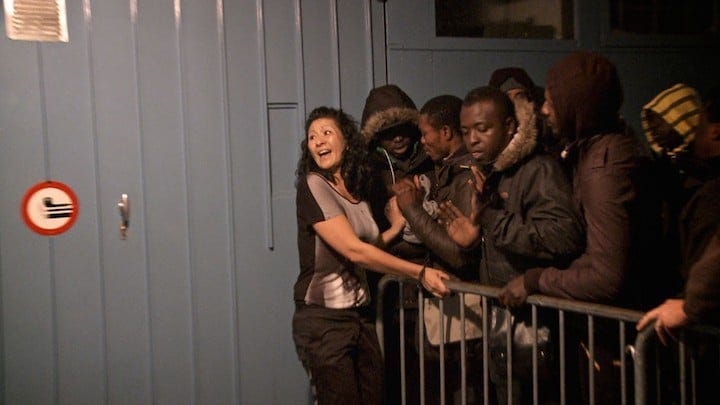Checking In on the 2014 Jihlava International Documentary Film Festival
Checking In on the 2014 Jihlava International Documentary Film Festival

Under grey skies, amidst the sleepy city of Jihlva, Czech Republic, is one of the most significant documentary film festivals in Europe. Walking around the center of town during the event, however, you might not realize just how popular it is. Then you walk into a venue, off a quiet,…
Keep reading with a 7-day free trial
Subscribe to Nonfics to keep reading this post and get 7 days of free access to the full post archives.



